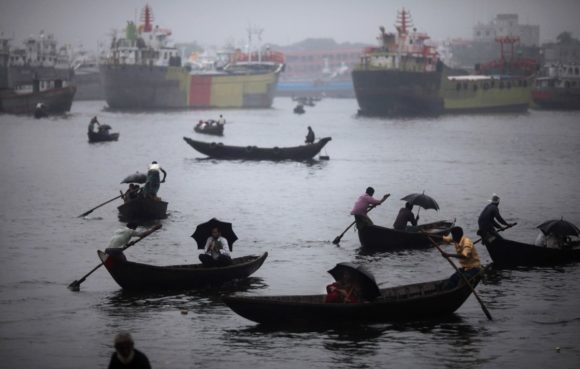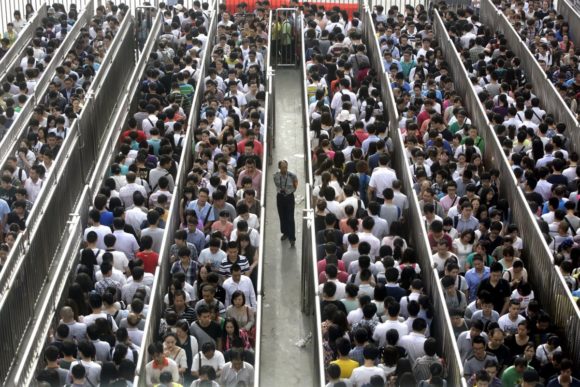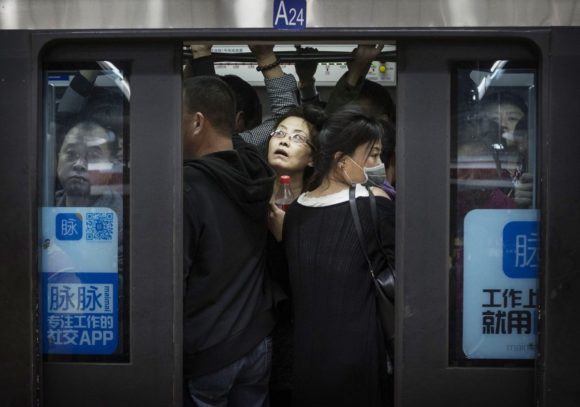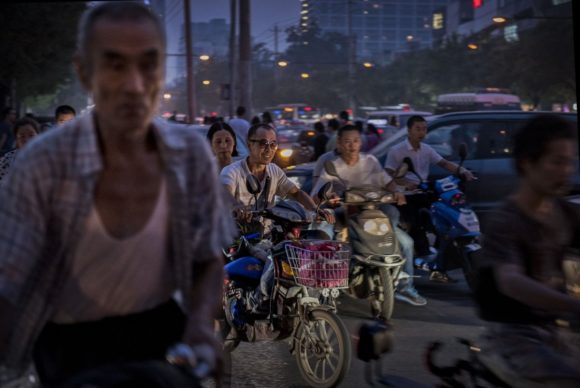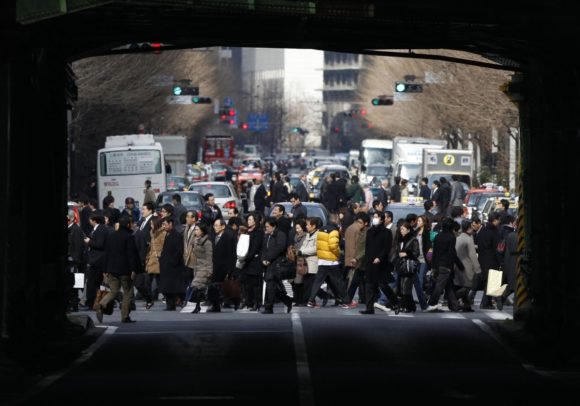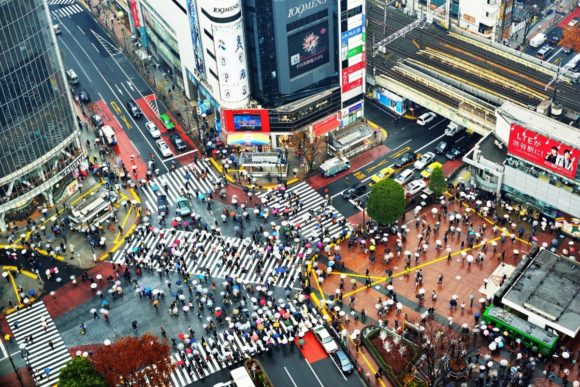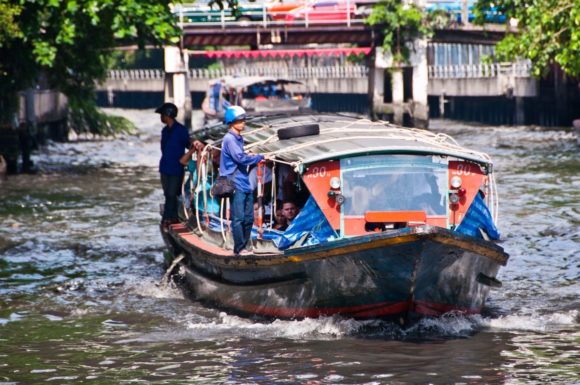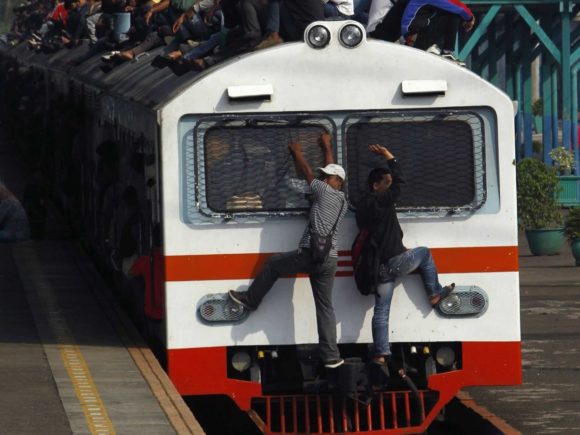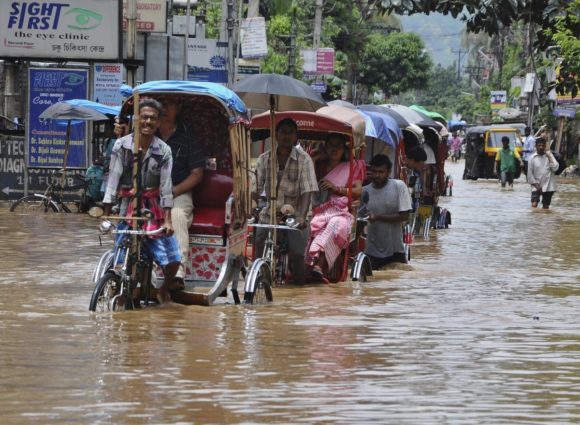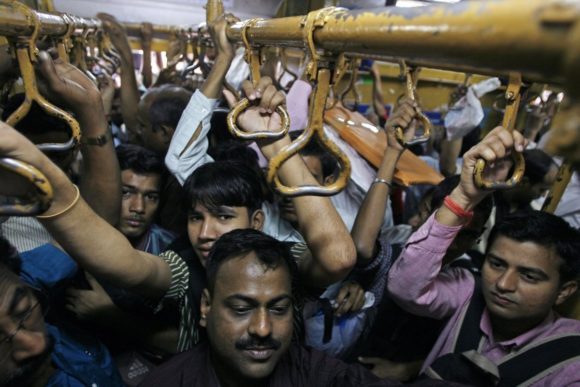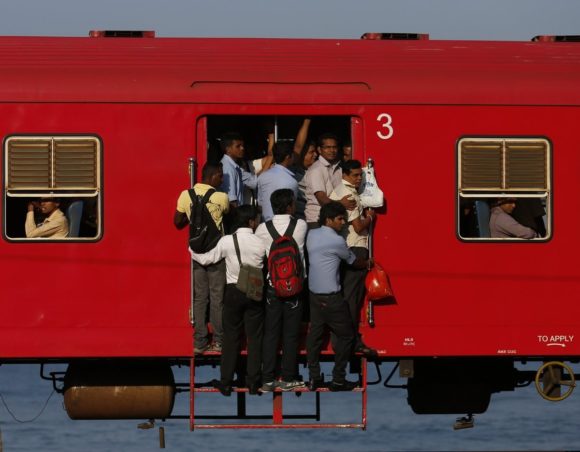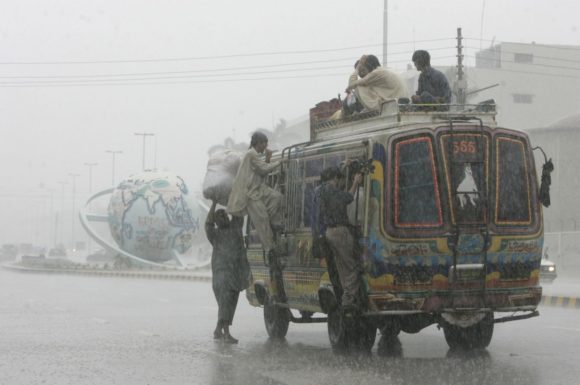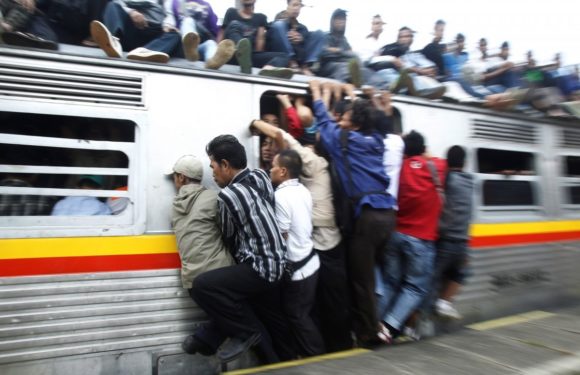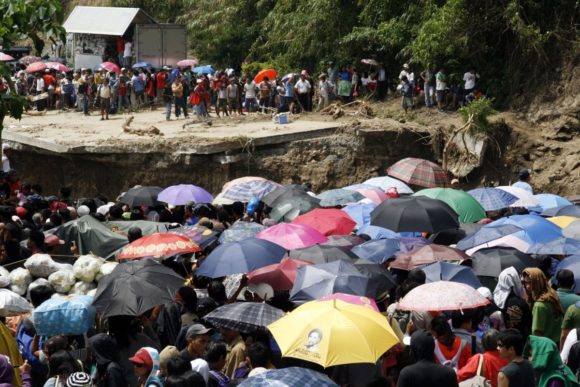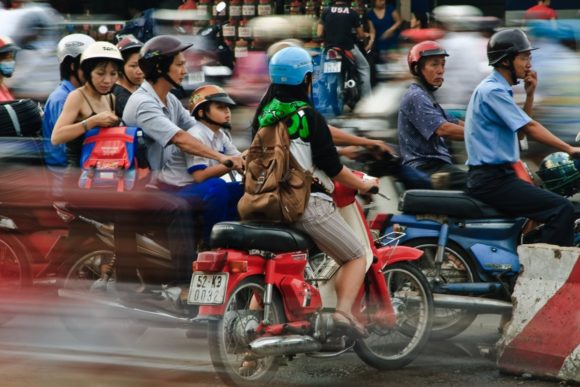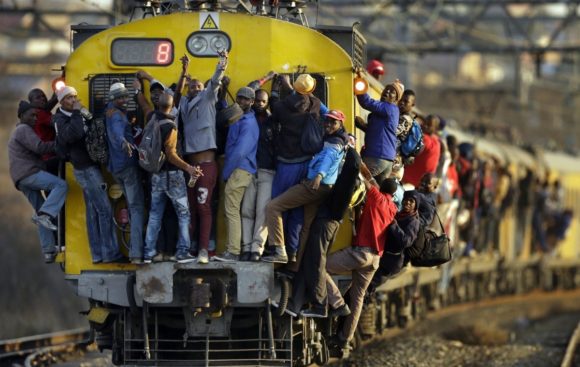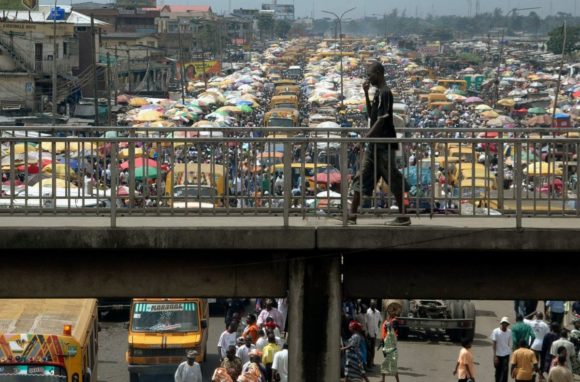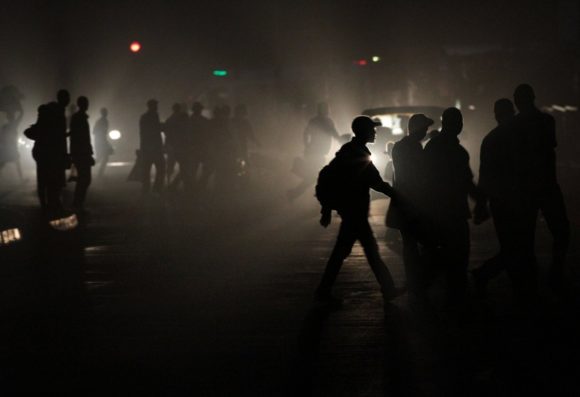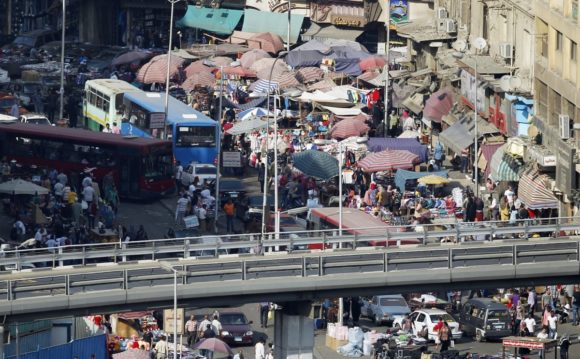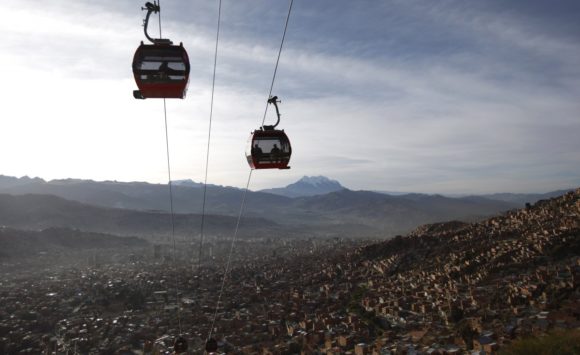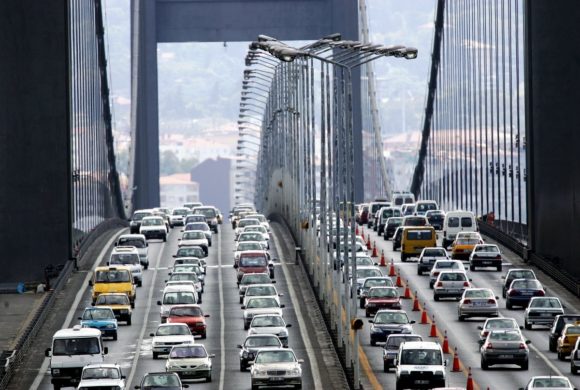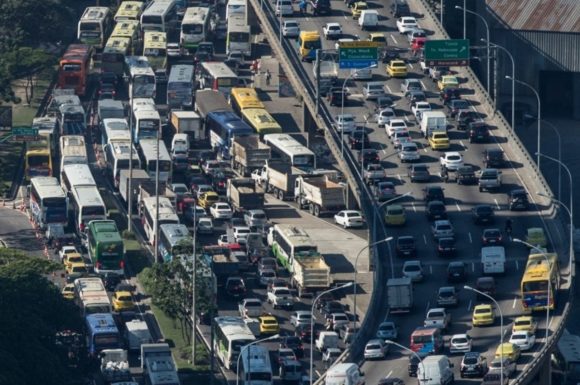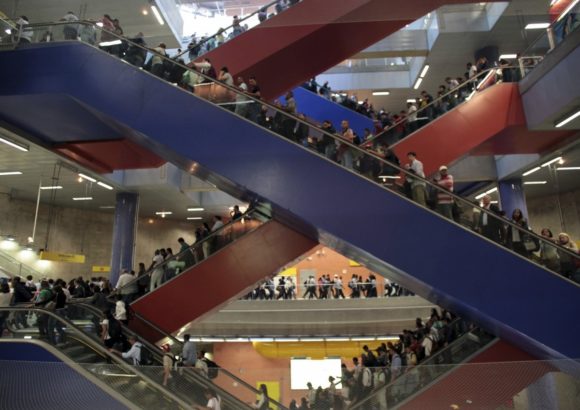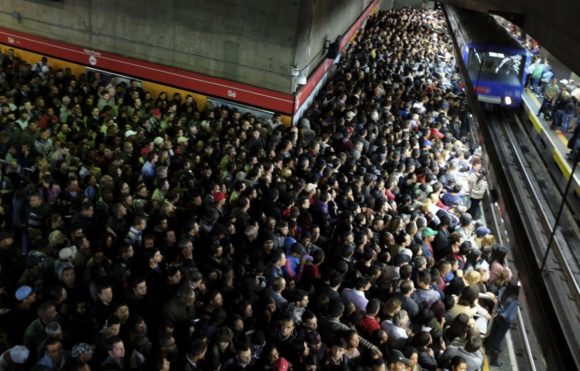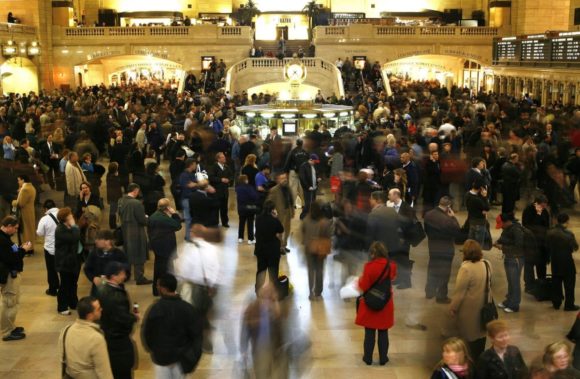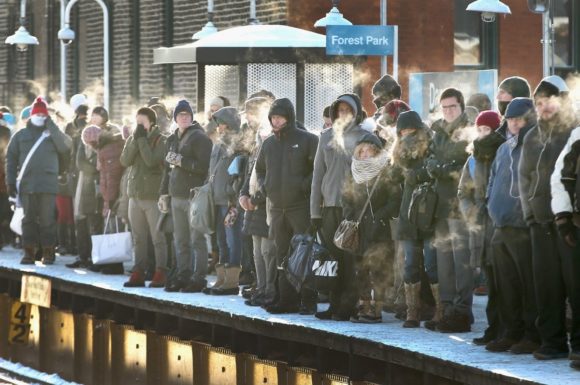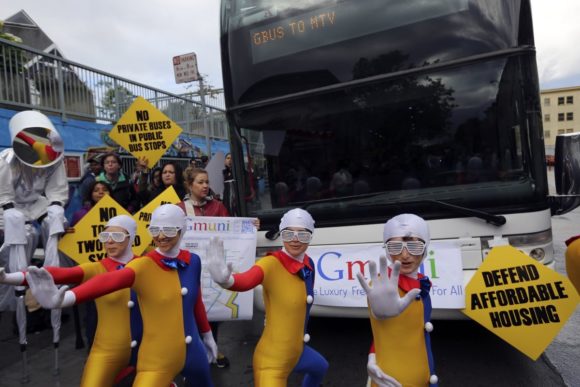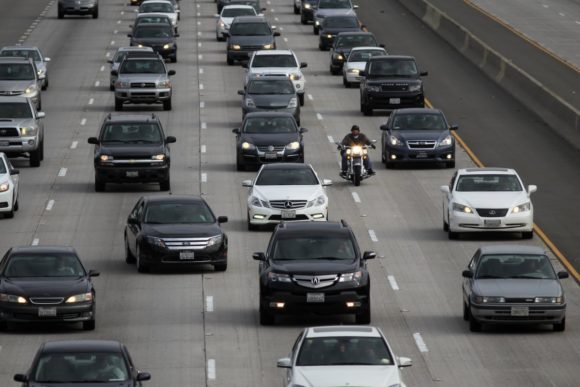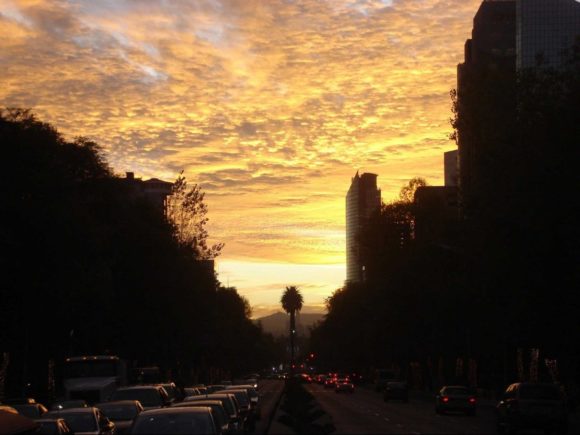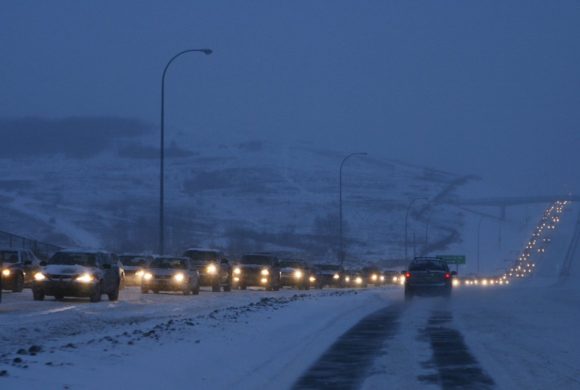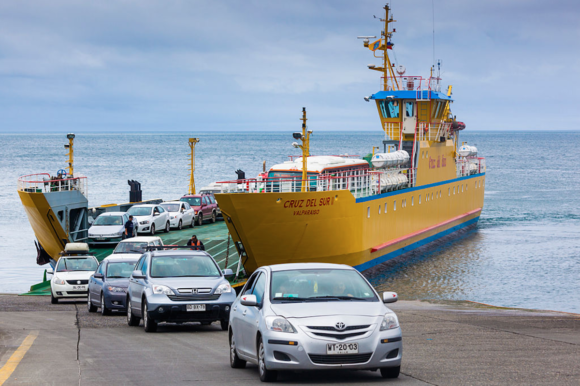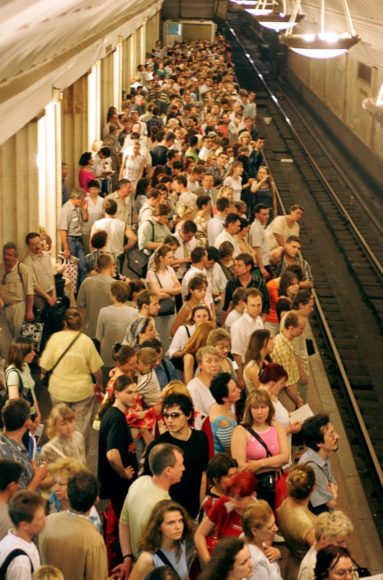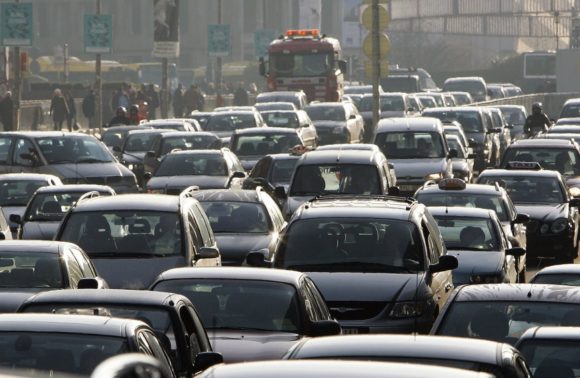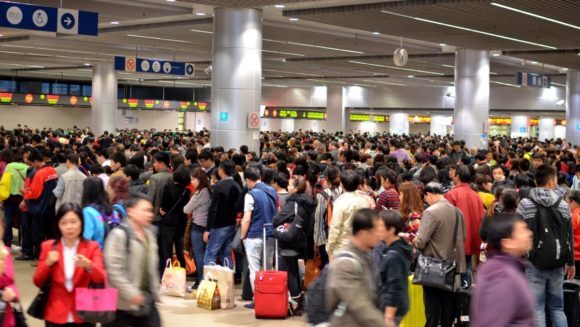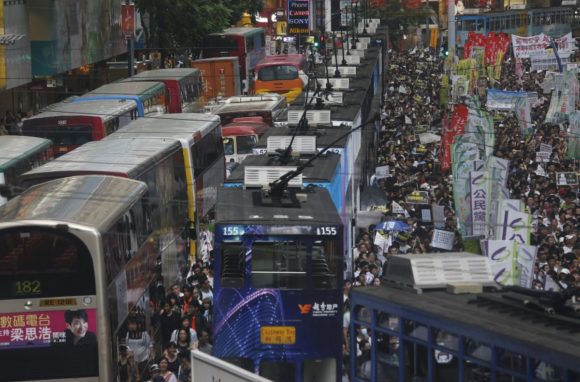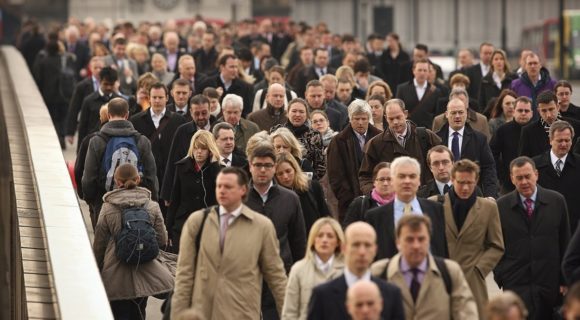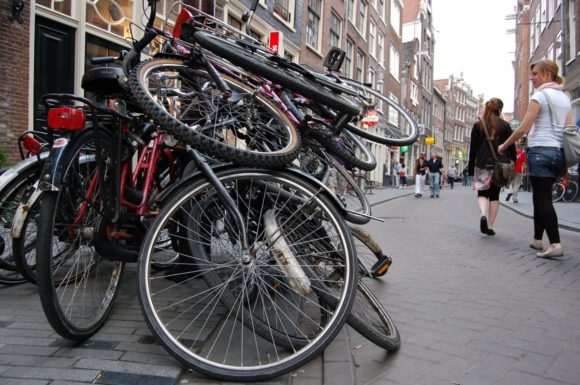Gallery:
Thousands of people commute to work in Bangladesh by boat. Here, residents of Dhaka take out their umbrellas.
The security checks during rush hour in Beijing make for insanely long lines. The checks have been tightened due to an attack in China’s Xinjiang region, where dozens were killed in May 2014.
It doesn’t get much easier once you’re actually on the train.
Getting home from work in Beijing is a bit of a zoo, too.
Being a pedestrian in Tokyo means having a lot of company.
Shibuya Crossing in Tokyo is one of the world’s busiest pedestrian intersections. Traffic lights go red all at once, so up to 2,500 people try to cross at the same time.
Lots of Bangkok residents take the canal boat to work.
In Jakarta, Indonesia, the front of the train is fair game, too.
Even when heavy rains flood the Indian city of Guwahati, people still have to schlep to work.
It’s hard to imagine being stuck in this Mumbai commuter train.
Getting on the train in Colombo, Sri Lanka’s largest city, requires some patience.
Heavy rain didn’t deter these men in Karachi, Pakistan, from riding on the outside of a bus.
But it pales in comparison to what trains look like in Indonesia’s West Java province, where just 300 cars serve 500,000 commuters each day.
Commuters were stranded after a 2009 typhoon washed out a chunk of a Philippines highway north of Manila.
There are more than 37 million motorbikes in Vietnam, so rush hour in Ho Chi Minh City is a blur.
In Soweto, South Africa, you often have to take the train into your own hands.
At 21 million people, Lagos has become Africa’s largest city. It was only 1.4 million in 1970, so as you might imagine, traffic is rough.
A lack of infrastructure makes commuting in Mbare, Zimbabwe, an ordeal done in darkness.
The congestion in Cairo, Egypt, gets so deadlocked that you can’t tell where the traffic ends and the market begins.
Thousands of residents of La Paz, Bolivia, take the cable car system — the world’s highest.
Istanbul, where the average driver spends 125 hours in traffic jams every year, has the worst congestion in Turkey …
… while Rio de Janeiro is home to some of the biggest traffic jams in Brazil.
A May 2014 bus driver strike in Sao Paulo made the morning commute even more congested than usual — here are the human-laden escalators in one subway station.
Its subway stations are a bit overcrowded too.
At peak times, New York City’s Grand Central Terminal gets pretty crazy.
The morning commute in Chicago can grow seriously frigid in the heart of winter, as shown in this January photo.
On April Fools Day in 2014, the trip to work for Google employees was interrupted by protestors who claimed that an influx of tech workers were driving up San Francisco housing prices.
Los Angeles motorists suffer from the worst traffic in the US, logging an average 90 hours a year behind the wheel.
Mexico City has 20 million people and about four million cars — enough to make six-hour commutes common.
A winter snowstorm brought afternoon traffic to a standstill in Calgary.
Before an airport was built in the Chilean archipelago of Chiloé, people commuting to the mainland of Chile would need to take a four-hour drive plus a ferry.
Subway commuters will often flood the platforms of Moscow, like the one pictured below.
In Brussels, a city that has some of the worst congestion in the world, drivers spend about 94 hours a year in traffic jams. Brussels has a spider web of highways that is impossible to evade, even for drivers just passing through the city.
Every day, hundreds of thousands of people travel from Shenzhen, China to Hong Kong. The commute can involve hours of wasted time dealing with crowds, customs officials, and traffic.
And once they’re in Hong Kong, protests can sometimes shut down roads, leading to horrendous jams.
Many Londoners trek across the London Bridge as part of their commute, especially if they work in the financial sector.
In the Netherlands, about 25% of all commutes are made by bicycle. This means that bike parking in Amsterdam gets pretty creative.
Source: businessinsider.com










